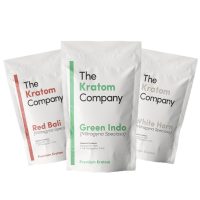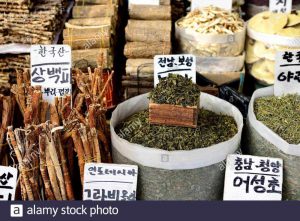Home » The Key Ingredient: Alkaloids

The Key Ingredient: Alkaloids
- Anthony Dent, Founding Member
- No Comments
-Understanding the chemistry of kratom.
Chemistry lost me when the equations came into play. You know, the unfortunate insertion of algebra into everything.
It’s a shame, really, because I think most of us yearn for an understanding of the specific mechanics of our world. Chemistry is the basis of all life, motion, emotion, action and reaction.
Mercifully, some chemistry can be distilled into a form digestible for people like myself, who can hardly balance a checkbook, let alone a chemical equation.
And so today, we are going to explore the chemistry of kratom and their key ingredient which makes kratom such a unique plant; alkaloids.
What are Alkaloids?
Alkaloids are organic chemicals generally found in plants which have been used by humans for pharmaceutical applications. A wide range of organic life contain alkaloids. While present in daily living in foods and other consumables, some alkaloids have remarkable properties. Some alkaloids found in plants are responsible for anti-inflammatory, anticancer, analgesics, local anesthetic and pain relief, neuropharmacologic, antimicrobial, antifungal, and many other activities. Necessarily, alkaloids have specific interactions with organic beings; in this case, humans.
Alkaloids were misunderstood at first, as they are secondary metabolites, meaning they are a byproduct of another organic process; for whatever reasons, this led some in science to believe they were ‘waste’, and therefore useless. But the opposite is true. Alkaloids are thought to be a crucial component of new medicines being derived from plant life (where many of our medicines arise from in the first place). And they are ubiquitous; over 3,000 different kinds of alkaloids have been discovered, populating over 4,000 different plant species. This is only what has been, to date, discovered.
Alkaloids serve as a necessary chemical function in their species of origin. Some taste bitter to deter predators from consumption. Others protect them from dangerous chemical interactions found in nature. The diversity found amongst them – with many subgroupings – means that they have a wide range of potential uses for humans, and an even wider range of impact on their species of origin.
But it is their use in humans which has given them their value. Alkaloids have been extracted and used to aid in cancer treatments; as muscle relaxants; as cures for some poisons; and on and on. Alkaloids have specific and repeatable interactions with humans, and thus plants that contain alkaloids are of significant interest to the medical and scientific community.
This is where kratom comes into play.
Kratom and Alkaloids
While nascent scientific studies on kratom have shown that the plant has significant medicinal potential, the high standard of proof in the scientific community means that it is difficult to make any definitive statements as of yet, especially when it comes to something as important as health. But that does not mean that data does not exist on the potential of the alkaloids found in kratom.
Kratom has been used for thousands of years, most commonly in its region where the plant is native, Southeast Asia. From humble beginnings as a plant used in religious ceremonies, to a common salve used widely by individuals – something akin to ancient Advil, as it was used – even now kratom has myriad anecdotal claims to support its potential.
And it’s all due to the alkaloids in the kratom plant.
A classification of alkaloids, “indole”, is present in kratom in some 40 different forms. These indole alkaloids are known as “mitragynine”. Along with other alkaloids, mitragynine is responsible for the effects of kratom. Different strains and growing methods produce different concentrations and proportions of these alkaloids, thus causing their differentiation. That’s why users report that a Red Bali strain may relax them, and a White Thai strain may energize them; the differing concentration and allocation of alkaloids is responsible for the varying effects.
Currently, the specific effects of the alkaloids and their corresponding impact on the user are not understood precisely. Some data exists, which suggests that, for example, hydroxymitragyine – another indole alkaloid present in kratom – is responsible for the analgesic effects of kratom.
What is the link between kratom, alkaloids, and opiates?
Countless former opiate addicts have turned to kratom in an effort to quit harmful opiates. While kratom is not an opiate, the alkaloids in kratom attach to a similar receptor that some opiates do. Therefore, individuals who struggle with opiate addiction are able to take kratom and cease their opiate use.
It is important to note that kratom is known as a partial agonist to these receptors; that means it only has a weak attraction to these receptors. It is not an opiate and, while it provides some similar pharmaceutical properties (as Advil and opiates do too), kratom is and has never been classified as an opiate. However, due to the crippling opiate crises in America, and the fact that kratom is incredibly safe and benign compared to opiates, kratom is gaining popularity as a potential remedy to aid those who struggle with addiction. This explains the link between alkaloids, opiates, and kratom; of course, remembering, that kratom is not an opioid.
One of the primary desires of the kratom community is a better understanding of the science between kratom and alkaloids. While the first reports in 1837 of kratom laid the groundwork for the same data we have today – that of the potential of kratom to help people – the high burden of proof for accepted science has not yet been met for definitive, universal conclusions as to the efficacy of kratom in any one particular application. However, millions of people worldwide have shared their story, and it goes as such: kratom has helped me quit opiates, or live a more painfree live, or escape insomnia, etc…
While people deserve to know of this potential, they also deserve to have a thorough understanding of the science behind kratom. Thankfully, studies are being regularly released which seem to confirm many of the anecdotal reports we hear of kratoms potential.
Hopefully, now you will be able to better understand more complex articles from qualified scientists and doctors – which I certainly am not – using this basic information. We in the kratom community eagerly await the day.
Peace and Love,
AW
Featured Products
-
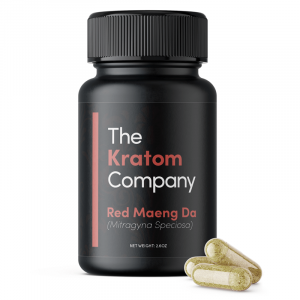 From $24.00Select options This product has multiple variants. The options may be chosen on the product page
From $24.00Select options This product has multiple variants. The options may be chosen on the product page -
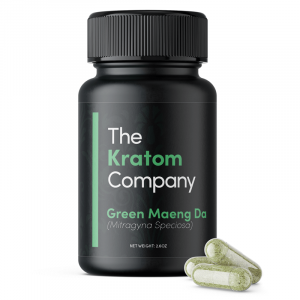 From $24.00Select options This product has multiple variants. The options may be chosen on the product page
From $24.00Select options This product has multiple variants. The options may be chosen on the product page -
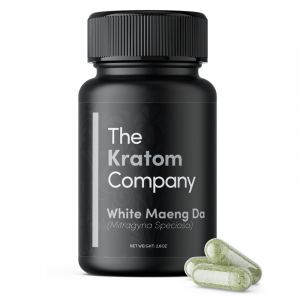 From $24.00Select options This product has multiple variants. The options may be chosen on the product page
From $24.00Select options This product has multiple variants. The options may be chosen on the product page
Explore More Posts
Product Search
Featured Products
-
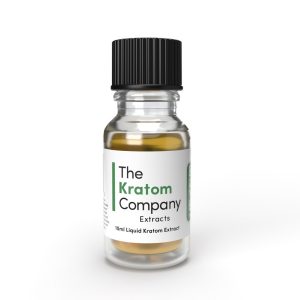 Pure Kratom Liquid Extract
Rated 4.72 out of 5From $20.00
Pure Kratom Liquid Extract
Rated 4.72 out of 5From $20.00 -
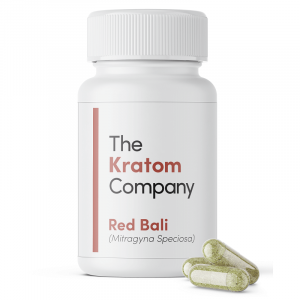 Red Vein Bali Kratom Capsules
Rated 4.70 out of 5From $24.00
Red Vein Bali Kratom Capsules
Rated 4.70 out of 5From $24.00 -
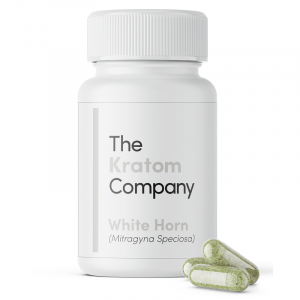 White Horn Kratom Capsules
Rated 4.88 out of 5From $24.00
White Horn Kratom Capsules
Rated 4.88 out of 5From $24.00
Follow Us
Strains
Blogs
NEWSLETTER
Sign up for our newsletter!

These statements and products presented on this website have not been evaluated by the Food and Drug Administration FDA. The products mentioned on this website are not intended to diagnose, prevent, treat or cure any diseases or health conditions. Therefore any information on this website is presented solely as the opinions of their respective authors who do not claim in any way shape or form to be medical professionals providing medical advice. The KRTM Company and its owners or employees cannot be held responsible for, and will not be liable for the inaccuracy or application of any information whatsoever herein provided. By purchasing our products you agree that you are aware and in compliance with your local county, state, or federal regulations. Must be 21 years or older to purchase Kratom. The US FDA has not approved kratom as a dietary supplement. We do not ship to the following states, cities and counties in the US where Kratom is banned: Alabama, Arkansas, Indiana, Rhode Island, Vermont, Wisconsin, Sarasota County, FL, Union County, MS, Denver, CO, San Diego, CA, and Jerseyville, IL.

